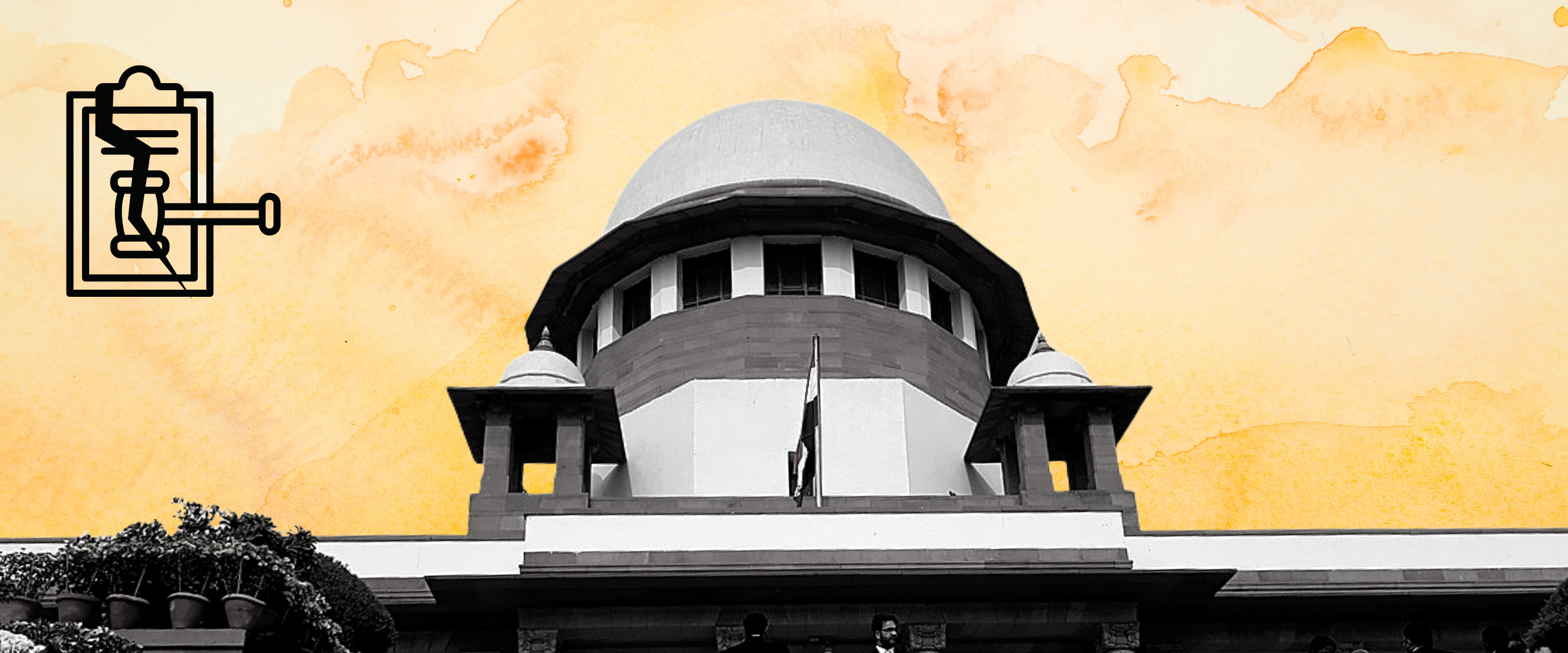Analysis
Split Verdicts at the Supreme Court: What Comes Next?
The split verdict in Karnataka’s Hijab Ban cases isn’t a rare occurrence. How does the Court deal with such cases?

The Supreme Court delivered a split verdict in the Karnataka Hijab Ban case on October 13th, 2022. Justice Hemant Gupta upheld the Hijab ban in educational institutions in Karnataka. Justice Sudhanshu Dhulia struck down the ban. The divergent decisions of Justices Gupta and Dhulia from the 2-Judge Bench raise a simple question—what is the next step in the Hijab Ban Case?
Split verdicts at the Supreme Court are not a new or even a surprising occurrence. The Court has delivered split verdicts in at least 12 notable cases* in the last decade.
In March 2022, a 2-Judge Bench delivered a split verdict in a case dealing with a news editor who disclosed the identity of a child victim in a sexual abuse case. In April 2022, another 2-Judge Bench could not decide if a land dispute case should be rejected for being barred by limitation, i.e., the case was filed long after the circumstances of the case took place. Both these cases are pending before 3-Judge Benches of the Supreme Court.
Interestingly, despite the small number of split verdicts examined, former Justice Indira Banerjee was a part of four split verdicts
What Happens to a Case Following a Split Verdict?
Split verdicts are essentially undecided cases which will have to be allocated by the Chief Justice and heard all over again by a larger Bench with an odd number of Judges. This larger Bench usually comprises three Judges. If the case involves an important or ‘substantial’ question of law it can be placed before a Constitution Bench comprising five or more Judges.
A notable recent instance of a split verdict ending up before a 5-Judge Bench is the tussle over the special status of Delhi. Here, of the six issues framed by the Court, the 2-Judge Bench comprising Justices A.K. Sikri and Ashok Bhushan agreed on five issues and disagreed on one. As a result, the sole undecided issue was referred to a larger Bench. The Court had to decide if the Lieutenant Governor of Delhi was the undisputed administrative head of the Union Territory or if they were bound by the advice of the Chief Minister and the Council of Ministers.
How Long Does it Take to Settle Split Verdicts?
Among the cases that SCO examined, the average time between a split verdict being delivered and the case finally being decided is 2 years. A notable exception is Yakub Memon’s mercy plea against his death sentence. The plea resulted in a split verdict at the SC a day before he was scheduled to receive the death penalty. A 3-Judge Bench heard the case again on the day following the split verdict and upheld Mr. Memon’s death sentence.
Of the 12 split verdicts examined by SCO, four are pending. The oldest of these split verdicts was delivered in 2019. Another in 2021 and three others in 2022. The remaining seven cases involving split verdicts have all been decided by 3-Judge Benches.
The Hijab Ban case involves several questions of law including questions on the fundamental rights to equality, speech and expression, dignity and access to education. The Court may decide that the case deals with ‘substantial’ questions of law and refer it to a Constitution Bench. If not, the buck will stop at the 3-Judge Bench.
The Hijab Ban case may very well have a long road ahead of it before the Supreme Court eventually arrives at a final decision.
*This estimate is based on data collated from news reports. Over 20,000 2-Judge Bench cases have been decided by the Supreme Court from 2012-2022. The actual number of split verdicts may be far greater than the reported numbers.
**The number of split verdicts for each Judge may be more depending on the actual total number of split verdicts delivered by the Supreme Court. Accordingly, Judges other than the ones highlighted above may have more split Judgments to their name.